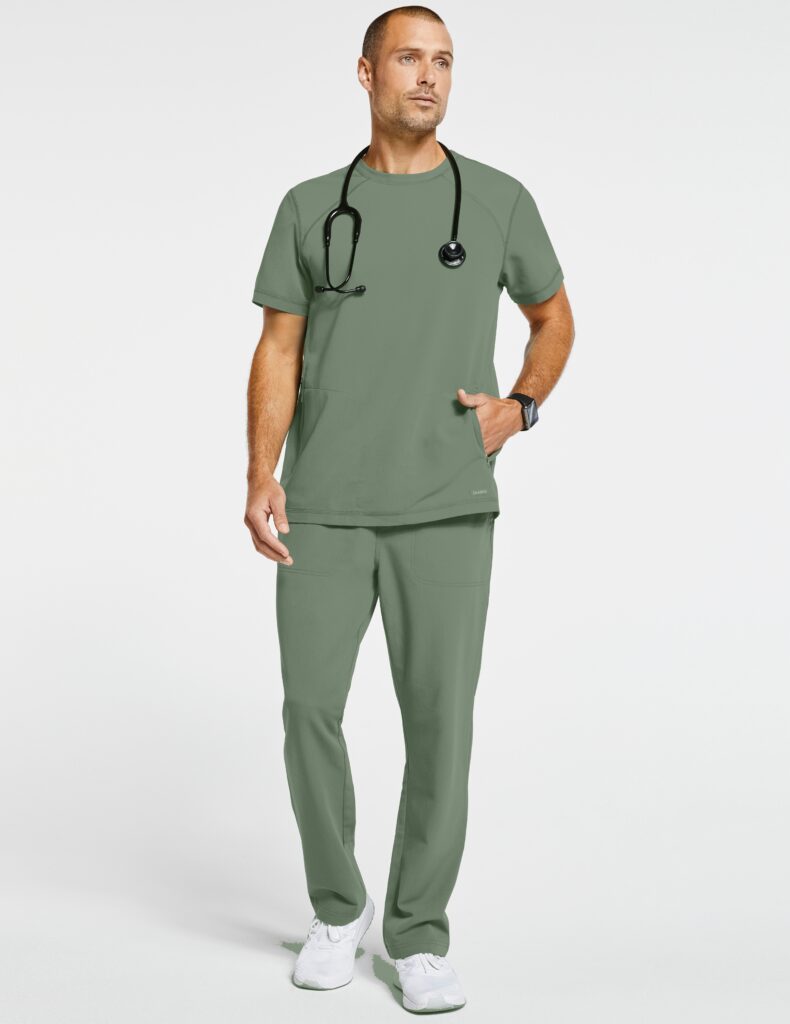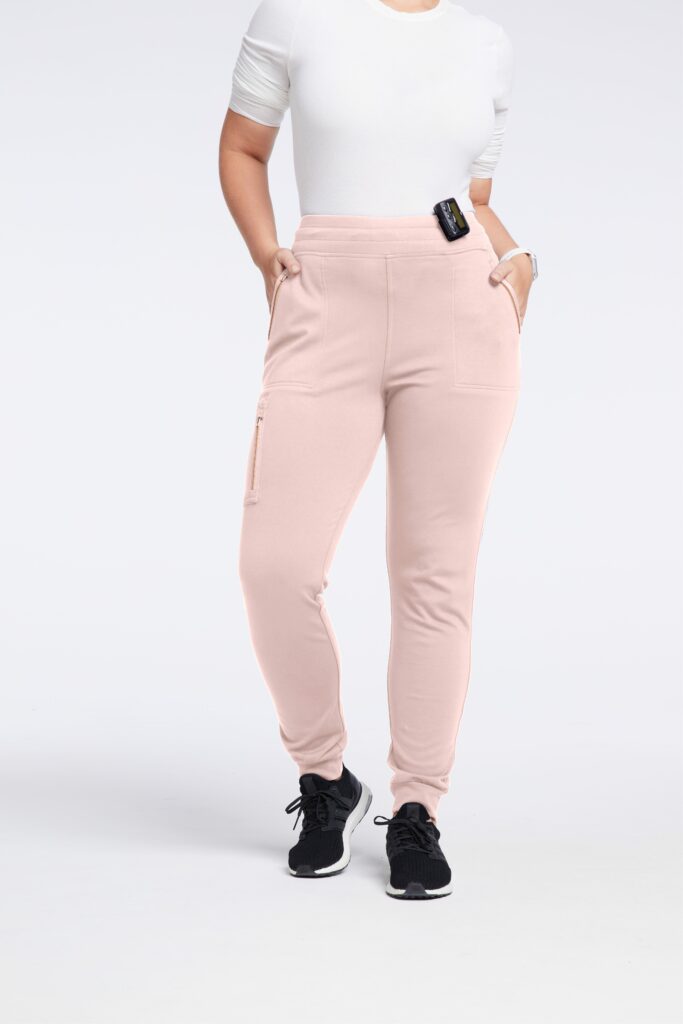
The Future of Technology in the Medical Field Is Here
Technology: it’s what helps us connect with our loved ones, track the administrative tasks of our daily lives, stay entertained and plan experiences. Technology touches nearly every aspect of our existence, whether personal or professional.
In the field of medicine, physicians, nurses, and other healthcare workers are always learning. Staying up on the latest research and trends is key to providing the best patient care possible. It’s no wonder that technological innovations are revolutionizing this ever-advancing field.
Healthcare technology is not only saving lives by making medical procedures safer but also saving time by automating administrative procedures. These are only a few of the benefits of technology in healthcare. Read on to learn how tech can support your work as a medical professional.
How is technology used in healthcare?
To err is human. Even the most qualified and experienced healthcare professional makes a mistake from time to time, and in this field, errors directly affect patient outcomes. So, one of the most important uses of technology in healthcare is minimizing mistakes.
The fact that medical professionals are human also means they get tired and stressed, especially when working long hours and doing emotionally draining work. The advancements of technology in the medical field, therefore, are making administrative procedures easier, more secure, more streamlined, and centralized. Especially during the pandemic, doctors, medical professionals, and healthcare practitioners turned to telemedicine services. Besides regular consultations, patients were diagnosed and evaluated.
Let’s get technical: commonly used patient care devices

First, let’s take a look at some of the top devices and medical technologies being used to improve patient care and even save lives (and make healthcare professionals’ lives easier).
- Automated IV pumps: This device measures the doses of medication or nutrition patients receive.
- Smart beds: In an era where all our wares and appliances are “smart,” patient beds have gotten an upgrade too. The bed itself can monitor vital signs and weigh a patient, for example.
- Portable monitors: Medical professionals are always on their feet, so portable monitors allow them to take vitals on the go and store patient data in a central location.
- Wearable devices: Monitoring heart rates? There’s an app for that. Much like we track our steps with a smartwatch or our phones, medical professionals can use “wearables” to track their patients’ vital signs such as blood pressure.
- Remote patient monitoring (RPM): This refers to tools and technologies that allow healthcare workers to care for patients from a distance. Wearable devices that transmit data remotely are an example of this tech in action. RPM works hand-in-hand with another new, tech-aided area of the field—telehealth or telemedicine—in which patients receive virtual consultations and care from the comfort of their homes.
- Artificial intelligence (AI): AI is an umbrella term for computer-assisted data collection and analysis in the field of medicine.
- Digital therapeutics: This branch of patient monitoring helps track the progress and needs of individuals with chronic illnesses through wearable devices or mobile apps.
- 3D printing: Printers are now capable of making medical devices, including implants and prosthetics. This incredible new technology allows patients to receive devices made especially for their bodies.
- Nanotechnology: Where humans are physically incapable of performing a task, technology can sometimes step in. Such is the case with avant-garde nanotechnology, which works at the atomic or molecular level to diagnose and treat. The innovations in this area may, therefore, play an important role in the future of healthcare technology, providing care we can’t even fully imagine today.
Saving time and energy with the latest healthcare technology trends

Now, let’s explore the heroic tools that are giving healthcare workers a bit of a break. The following tech tackles administrative and logistics tasks.
- Electronic health records (EHRs): Say goodbye to charts—well, at least the physical versions. Electronic medical records keep all the data—once stored in physical documents—in a central, navigable computer that’s accessible to all pertinent medical staff.
- Digital assistants: If you have a bot at home that helps you order dinner or play your favorite tracks, you’re familiar with this tech. In medicine, digital assistants can transcribe data from interactions between healthcare providers and their patients using the same kind of voice recognition technology that gets tacos delivered to your door after a long shift.
- Blockchain: Patient privacy is a major concern for healthcare centers. Blockchains, which securely encrypt data via complex algorithms, could take some of the pressure off medical professionals and current healthcare systems by ensuring information security.
Technology and humans: the team to beat!
Technology is great, but humans make it greater. This is important to remember when considering the disadvantages of technology in healthcare. Some patients fear walking into a hospital run by robots, and for a good reason.
In the healthcare industry, technology helps medical professionals do their work, but humans are still indispensable to providing care. There is nothing quite like a human touch or the proverbial “bedside manner.”
Technological advancements will continue to significantly improve the quality of life for patients while also providing more economical and accurate solutions for data collection or certain interventions. But, humans still have so much to give. Empathy, communication, and moral support have a definitive and positive impact on patient experience and outlook.
By aligning technology with our needs, we can provide top-notch patient care.
As you adopt the latest technology to take the best possible care of your patients, we’ll take the best possible care of you by providing premium scrubs. With our performance fabrics developed to keep you safe and feeling fresh at work, you could say that we’re kind of into tech, too!